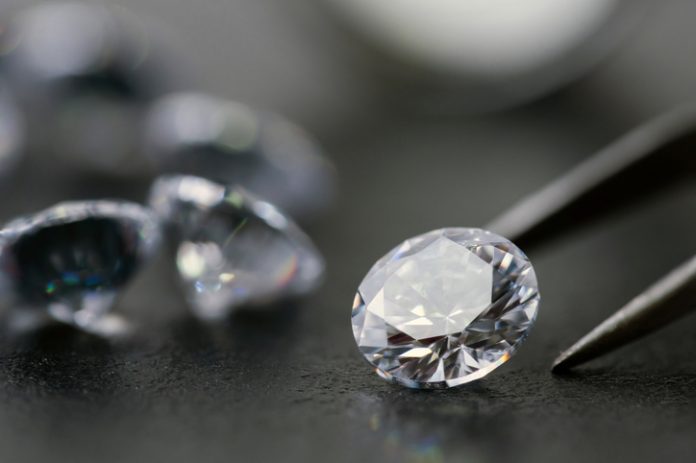Lab-grown diamonds are identical to natural diamonds in their composition and appearance. They are also chemically, physically, and optically the same as mined diamonds. The only difference is that lab-grown diamonds are made in a factory under highly controlled conditions – not deep underground or in open pits like terrestrial (earth-based) diamond mines.
In 2020, the total market size for lab-created diamonds was 19.3 billion dollars. And by 2030, it is estimated to reach 49.9 billion dollars.
Lab-grown diamonds were first produced over 50 years ago but have only gained popularity recently after technological advancements to grow them faster, cheaper, and more efficiently than before.
Currently, there are around 150 companies that produce lab-grown diamonds in the world. The largest producers are located in China, but many North American companies also make lab-grown diamonds today.
Online Sales
Online jewelry sales were growing steadily until the Covid pandemic. In its best year in the past ten years, the online jewelry market in 2019 generated nearly $8.4 billion. Market growth in the online jewelry market averaged 8.64 percent during this time.
Sales fell by 9.7% in 2020. But according to Fergus James, a lab-grown diamond jewelry designer from Dubai, it was because consumers were forced to cut expenditures and, more specifically, cut back on expensive luxury purchases. Also, many people have to postpone their engagements or weddings due to travel or gathering restrictions.
In the coming years, online jewelry sales should gradually recover. People will increasingly buy online because it saves them time and money. Online shopping has made diamond jewelry more affordable for consumers. Thanks to growing consumer trends and their continued preference for online shopping, it shouldn’t be surprising if this market segment expands by 2022.
The online sales of lab-grown diamonds are still not at the levels of mined diamonds. But it is increasing over time and should continue to do so in future years.
Why are lab-made diamonds becoming more popular?
With over 6 million carats produced in 2020 alone, lab-grown diamond production has skyrocketed in recent years. The sector is still too small to compete with diamond mining, which produces around 130 million carats of diamonds each year. This is expected to change as diamonds grown in laboratories are increasingly marketed to price and environment-conscious consumers as a sustainable alternative.
A lack of transparency and labor abuses have plagued the mined diamond industry for years.
The younger generations and most consumers are attracted to manufactured diamonds because they are more affordable but still look attractive. The perceived value of natural diamonds does not seem to matter as much to the new generation.
The manufactured diamonds industry is not all rosy and perfect. The chemical vapor deposition (CVD) technique is preferred over the HPHT process due to certain advantages. Unlike HPHT, CVD does not require high pressures or temperatures.
However, more than half of lab-grown diamonds are created in China with high-pressure, high-temperature technology, according to Bain & Company.
Growth opportunities
As a result of mass production, lab-grown diamond prices are declining. One-carat lab-grown diamonds are now almost 50% cheaper than comparable natural diamonds.
The use of lab-grown diamonds is not limited to jewelry. These stones have a myriad of uses. There has been a wide variety of newer applications for diamonds thanks to continuing research that has discovered more unique properties. The hardness of diamonds makes them an ideal material for cutting, grinding, or drilling other materials. Diamonds are therefore often found on the tips and edges of cutting blades and drills. In these applications, diamond quality or value is irrelevant, so HPHT diamonds are used. Lab-grown diamonds are increasingly getting in demand due to new applications in optics, lasers, and electronics.
Electrical conductivity is typical in materials with high thermal conductivity. In contrast, synthetic diamonds have incredibly high thermal conductivity but very low electrical conductivity. That makes them ideal for use as heat sinks in electronics.
The growth of the lab-grown diamond industry is only now beginning to reach its full potential. As more people worldwide become aware that they can purchase a quality diamond without having to worry about conflict diamonds, it’s expected that this segment will continue to grow exponentially in coming years. Some experts have predicted that one day soon, the majority of all diamonds sold on earth will be man-made-perhaps even synthetic versions made from carbon nanotubes or graphene.








